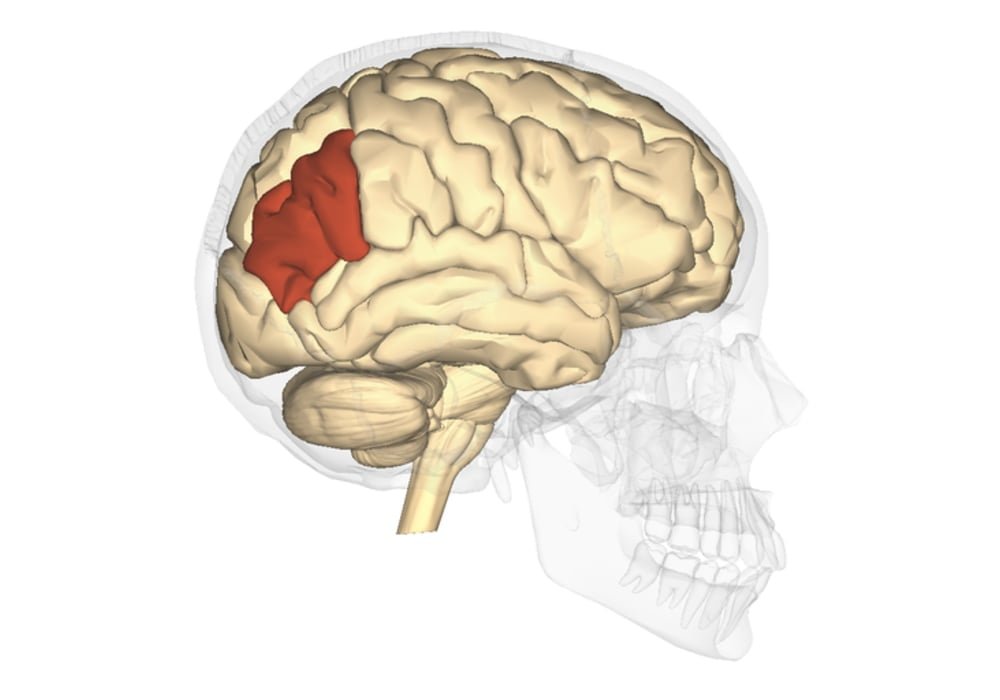Gerstmann syndrome also known as angular gyrus syndrome
Gerstmann syndrome also known as angular gyrus syndrome is a neurological syndrome, associating digital agnosia, right-left indistinction or confusion, acalculia, dysgraphia and sometimes constructive apraxia.
Gerstmann syndrome is a complex of symptoms that was first described by Josef Gerstmann in 1924. It consists of:
- Dysgraphia (difficulties in writing that are not due to motor disorders or intellectual disabilities)
- Dyscalculia (difficulty arithmetic with normal intelligence)
- Finger and toe agnosia (difficulty naming and identifying your own fingers and toes)
- Left-right confusion
It is a very rare neurological disorder characterized by the specific association of acalculia, digital agnosia, right-left disorientation, and agraphia, which are believed to be secondary to focal impairment under –Cortical white matter at the level of the parietal lobe.
Main symptoms
Gertsmann syndrome is characterized by four main symptoms:
- Dysgraphia / agraphia: loss of the ability to write
- Dyscalculia / acalculia: disorder characterized by the loss of the ability to either recognize or form numbers and arithmetic symbols
- Agnosia of the fingers: Loss of recognition of one’s fingers
- Left-right indistinction
It is very rare for a person with learning disabilities to have all 4 of these neurologic dysfunctions. Only when all 4 symptoms appear together without mental retardation is the classic syndrome present.
Causes
This disorder is often associated with brain damage in the hemisphere (usually left) of the angular gyrus and supramarginal gyrus (Brodmann zone 39 and 40) near the temporal lobe and parietal lobe. There is an important debate in the field of literary science, questioning the reality of an unfier and theoretically motivating syndrome. His diagnosis has therefore been questioned by neurologists and neuropsychologists. The angular gyrus is generally used to translate visual sequences of letters and words into meaningful information.
For adults
For adults, the syndrome may appear after a stroke or in association with an injury to the lower parietal lobe on the dominant (left) side. Aphasia is sometimes associated with it because of the locality of the lesion. This syndrome can also be observed in Alzheimer’s disease, but it is then rarely isolated.
For kids
There are few cases of this syndrome. Most are identified when children reach elementary school and learn to write and do math exercises. Usually, children with this syndrome show difficulty writing, spelling and calculating. Additionally, children with this syndrome may also have difficulty differentiating right from left.
In addition to the 4 main symptoms, many children also suffer from constitutive apraxia. Children with a high intellectual level, as well as those with brain damage can be affected by this syndrome.
Diagnostic
The diagnosis is clinical. The patient is asked to show their right middle finger, left little finger, right knee, etc. then we perform writing and calculation tests. Imaging can highlight the lesion in question but does not make the diagnosis.
Treatment
The treatment is symptomatic and rehabilitative. Speech therapy can decrease the effects of dysgraphia and apraxia. In addition, calculators and word processing software can help children manage symptoms of the syndrome.
Sources: PinterPandai, National Organization for Rare Disorders, National Center for Biotechnology Information
Photo credit: Anatomography / Wikimedia Commons
Photo explanation: Angular gyrus (shown in red).

